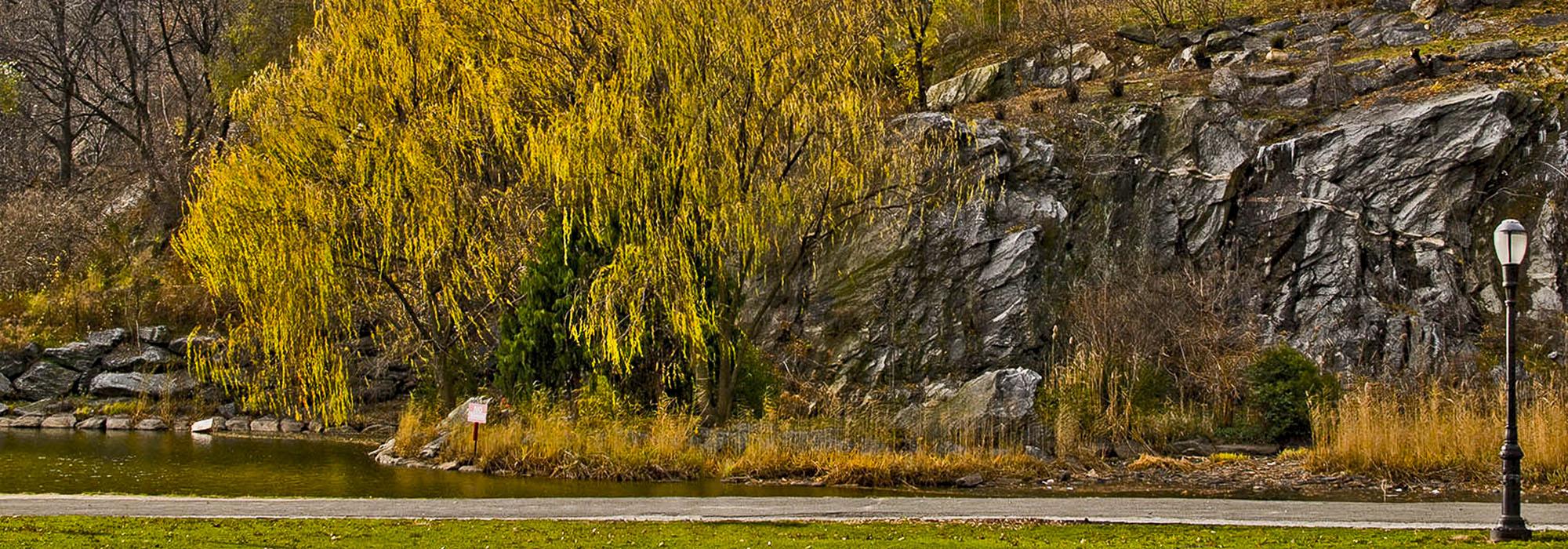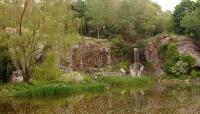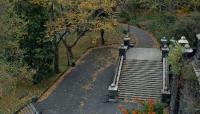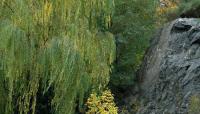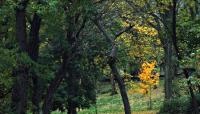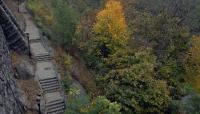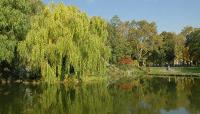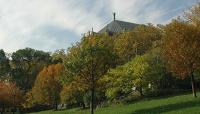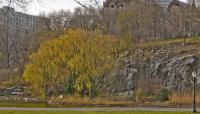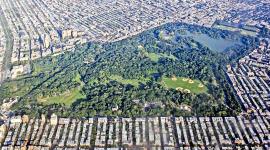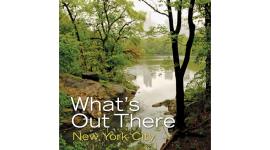Landscape Information
Spanning 30 linear acres in Harlem atop a jagged schist cliff-face, this park was conceived in 1867 by Andrew Haswell Green, Commissioner and Comptroller of Central Park. Frederick Law Olmsted, Sr. and Calvert Vaux prepared plans in 1873, but an economic recession postponed construction for ten years. The first portion completed was the western boundary’s vast stone retaining wall with a 30-foot wide esplanade, semi-octagonal belvederes, and monumental entrance stairs designed by architect Jacob Wrey Mould. In 1887, Olmsted and Vaux created a second plan which included expanses of lawns and dense tree plantations that could survive in the site’s arid and rocky soil. Overlaid into the plan were meandering paths that radiated from a central spine.
At the turn of the 20th century, the park became a repository for monumental sculpture by noted artists, including Frédéric-Auguste Bartholdi’s statues of Lafayette and Washington, the Carl Schurz Memorial by Henry Bacon and Karl Bitter, and the Seligman fountain by Edgar Walter. From the 1930s onward, more active recreation, playgrounds, a baseball diamond, and basketball courts were added to the eastern and southern portions of the park. In 1968, the construction of a gymnasium for Columbia University students was begun and halted by community opposition; the excavated hollow was transformed into an ornamental pond with a waterfall in 1990. The Kiel Arboretum, situated at the 116th Street entrance, was begun in 1998 and was modeled on an 1858 arboretum design created by Olmsted and Vaux for Central Park that was never implemented.



